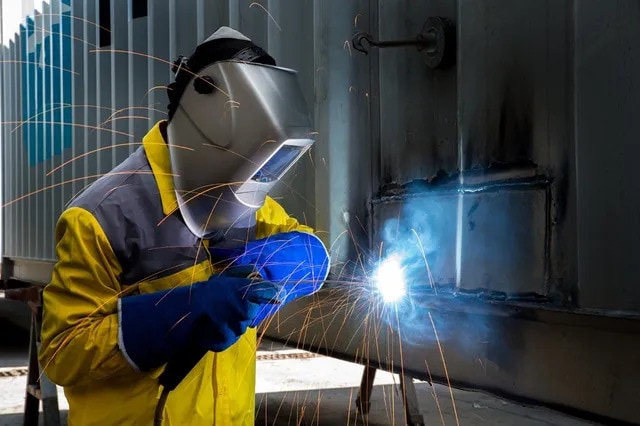Regardless of your specific industry, maintaining the highest safety standards in any industrial context is an extremely important part of guaranteeing productivity. Unfortunately, the most serious incidents tend to arise when equipment you’ve counted on suffers unexpected damage. When it comes to your pressure vessels, however, that damage can often times be anticipated and preempted.
The American Society of Mechanical Engineers has strictly enforced standards which govern the pressure vessels that receive their seal of approval. Those standards, however, are your responsibility to maintain as soon as the vessel leaves the manufacturer, and it’s important that you’re ready to take on the responsibility of guaranteeing performance and structural integrity.
Below, you’ll find a guide to some tips for maintaining your ASME certified pressure vessels. Following these suggestions can help you avoid expensive and untimely breakdowns, and can guarantee that you receive the performance from your vessels that you had in mind when you made the commitment to establish your industrial operation.
Upgrade Ancillary Equipment
Your pressure vessels can only operate correctly if you have the proper support system in place. The vessels themselves may be strong and reliable, but if they’re governed by faulty pumps and overseen by inaccurate gauges, you might be dealing with unexpected and undetected stresses. The external equipment can then risk internal damage, and can leave you scrambling for a more comprehensive repair than might have been necessary.
Make sure that you always have the latest and most efficient technology to govern the flow to and from your pressure vessels. Keep reliable records of pressure readings, and if you notice any inconsistency in your gauges, double check those readings before making any adjustments.
You should also schedule regular mechanical tune ups for any pumps, and consider rotating out your less expensive equipment for replacement pieces if doing so can keep your pressure vessels secure.
Prevent Seal OversightPrevent Seal Oversight
In high pressure situations, it’s always the weakest point that’s most at risk of failure. When it comes to your pressure vessels, that’s likely to be your seals. Most vessels are manufactured to have the smallest number of seams possible, putting excess pressure on those areas. Often times, those seams are filled by rubber seals that are designed to hold up under difficult conditions, but which may be at risk of some degradation.
High temperatures, moving fluids, and intense pressure can all break down the structure of rubber components which fill important gaps in your pressure vessel. If any of this degradation traverses the full surface of a seal, you could find yourself dealing with a sudden pressure release that may be difficult to handle.
An ounce of prevention is often worth a pound of cure, so constant inspections of your seals and replacing them as necessary is an important step in guaranteeing structural integrity.
Perform Risk AssessmentPerform Risk Assessment
One major advantage of installing ASME pressure vessels is that they come with a pre-determined collection of variables that you can examine to guarantee structural integrity on a daily basis. To measure those variables, however, you have to be constantly on your toes and active in responsible crosschecking.
Conducting regular risk assessments will guarantee that you can identify the weak spots in your vessels and make operational changes that may help accommodate those challenges. Referring to ASME regulations will provide you with the guidance you need to properly measure both the likelihood and the intensity of a given risk.
NJ McCutchen Inc has the necessary experience to guarantee you stay up to code with all of your pressure vessels. Relying on experience can allow you to overcome a great many challenges and guarantee that you have a safe and stable operation for years to come.
